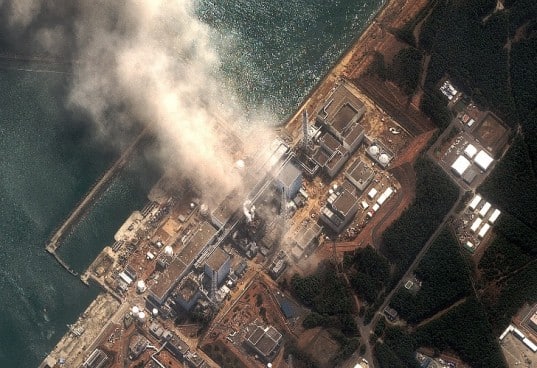Japan has been highly reliant on electric power generated from nuclear power plants. This has been the case in the country for decades. However, when an earthquake and tsunami hit Japan last year, it terribly devastated the country and left its nuclear plants vulnerable, leaking harmful radiations in the surrounding regions. The result was that the public’s faith in nuclear power was terribly shaken.
The last nuclear plant that was functional in Japan was Tomari nuclear plant. And now, this power plant has also been shut down for maintenance. In total, there are some 50 nuclear power plants in Japan, all of which are currently shut down. Most of these have been shut down on the pretext of maintenance but so far, haven’t been restarted. The last time Japan was 100% free of nuclear power was back in 1970 which goes on to show how reliant the country has been on this source of power.
The major reason for the pause is that the public opinion has greatly changed ever since the tsunami hit the country and resulted in radiation leaks. However, shutting down all the power plants may land Japan in a power crisis.
That is why the Trade Minister Yukio Edano and other ministers are trying hard to lobby and turn the opinion of the masses in favor of the power plants. Specifically, they are trying to convince the local communities to support the restart of Kansai Electric Power’s Ohi nuclear plant.
If these plants are not activated, the inevitable results is that Japan may have to face a power shortage of up to 20 percent in the coming summers. The government in Ohio is considering the reactivation of two reactors in Ohio. But the chief problem, that of public opposition, has led to a delay in realizing these intents.
Source: Reuters
[ttjad keyword=”best-selling-gadget”]




